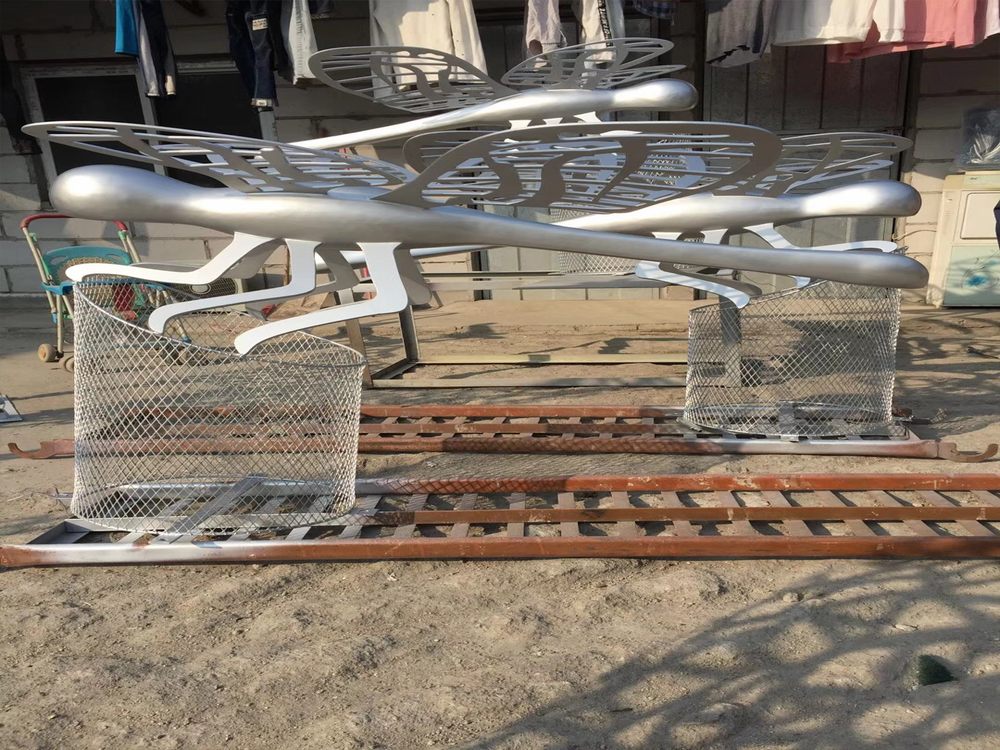
Bronze sculptures have long served as powerful cultural symbols, yet their meanings and roles vary dramatically across regions. In ancient China, bronze vessels like the "ding" were central to rituals and authority, embodying Confucian ideals of harmony and hierarchy. Meanwhile, Greco-Roman bronze statues celebrated humanism, with lifelike depictions of gods and athletes reflecting a focus on individualism and physical perfection.
In West Africa, the Benin Bronzes narrated royal history and spiritual beliefs, while Mesoamerican cultures used bronze for ceremonial objects tied to agricultural cycles. India’s Chola bronzes, infused with Hindu devotion, captured divine grace through intricate dance poses.
Modern interpretations further diversify these legacies. Western artists often repurpose bronze for abstract expression, whereas regions like Japan preserve traditional casting methods to honor ancestral craftsmanship. This global tapestry reveals how bronze transcends mere artistry—it is a mirror of societal values, religious fervor, and historical identity, shaped uniquely by each culture’s worldview.

